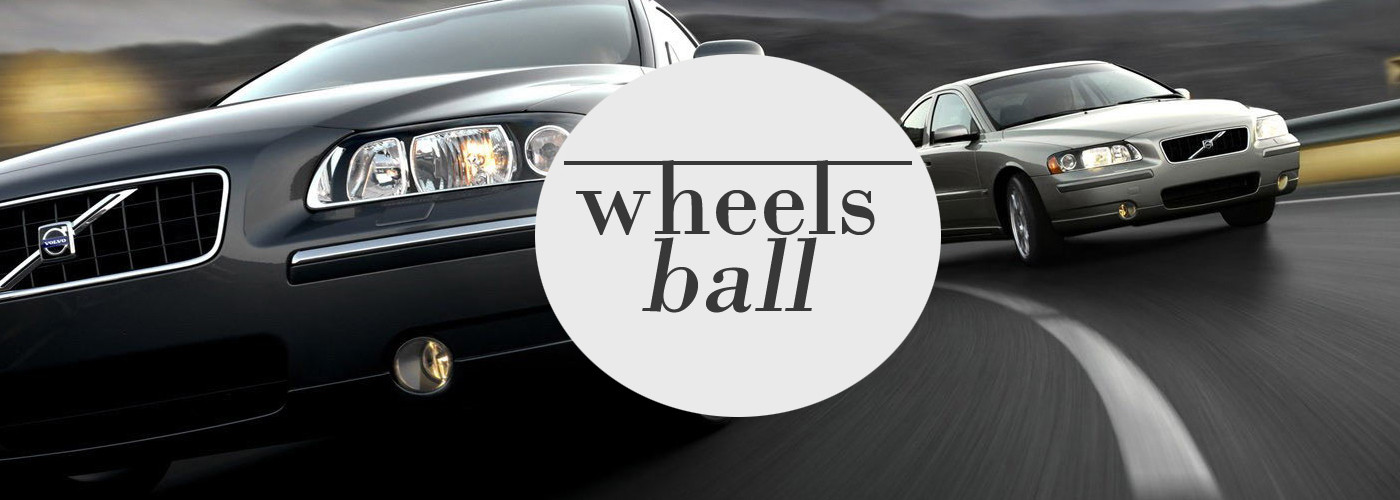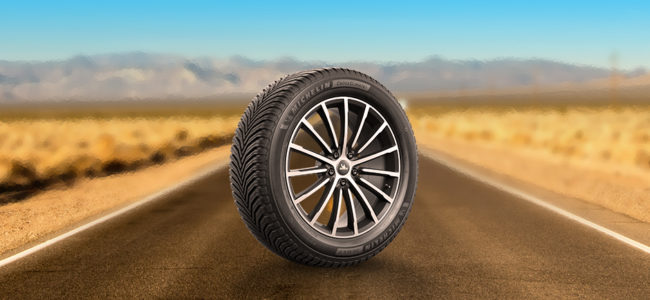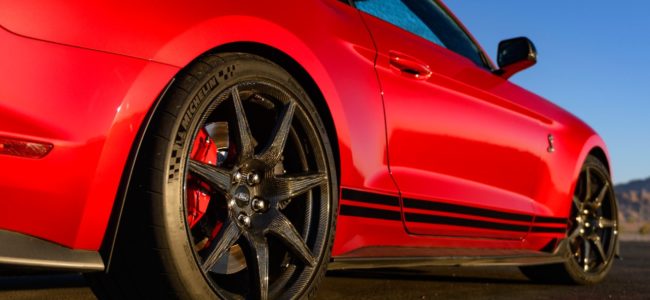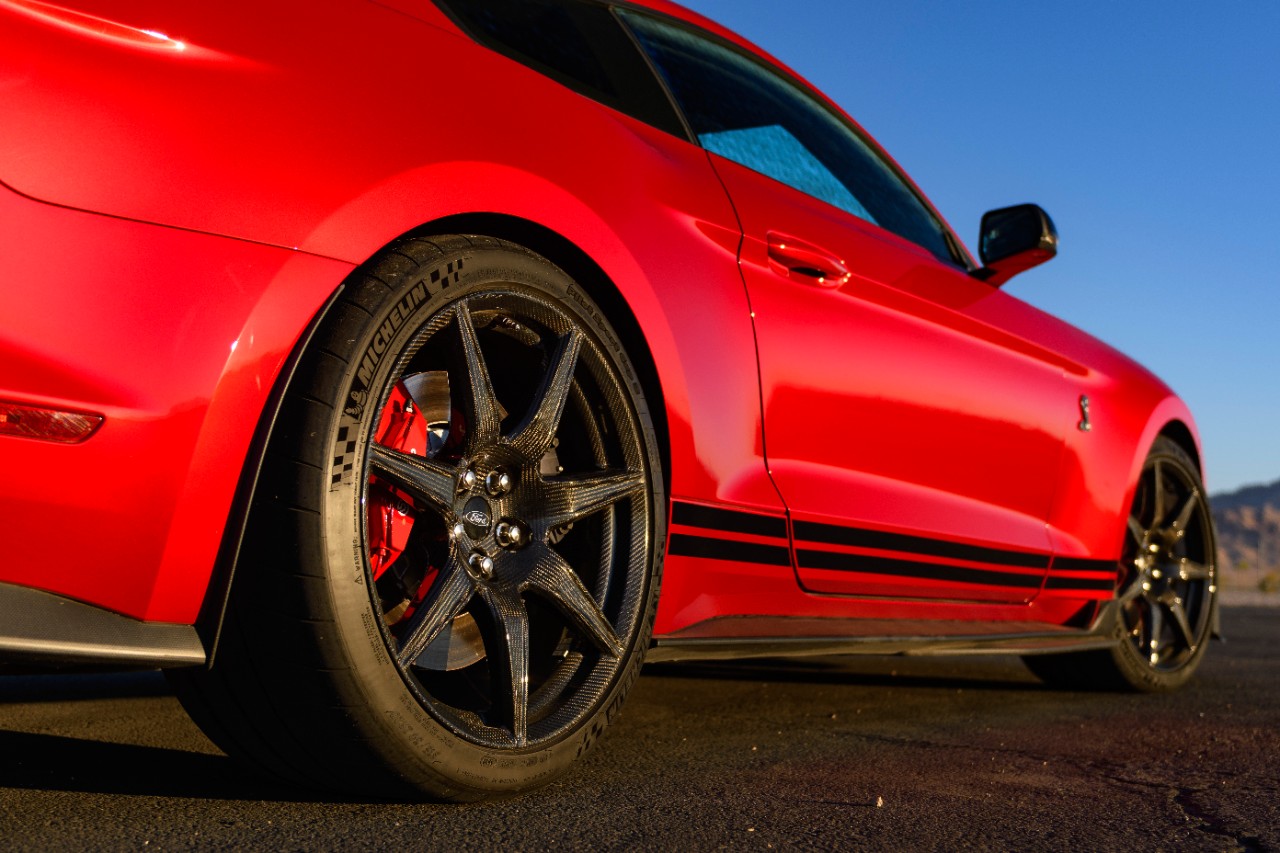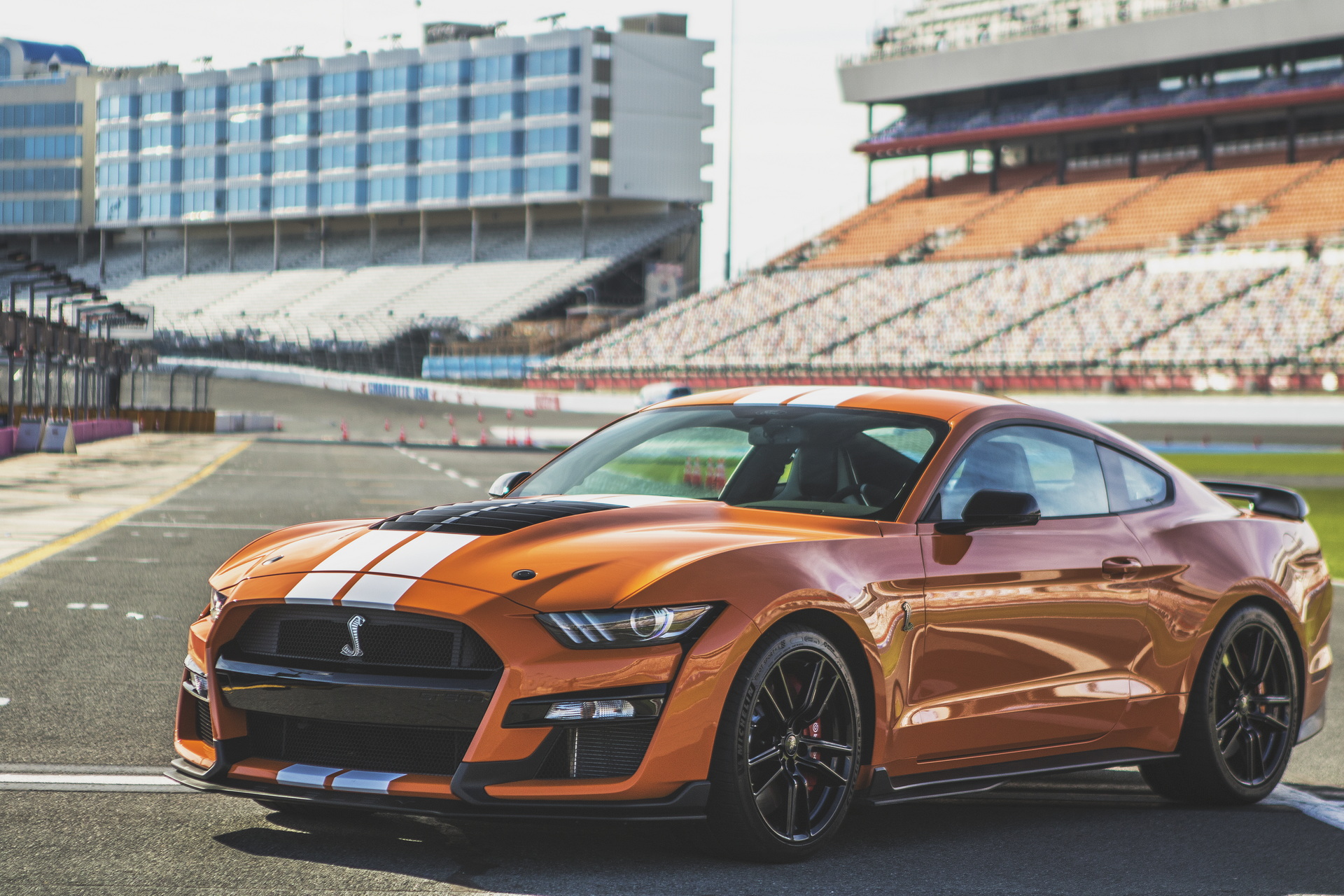Michelin is looking at how to recover from the COVID-19 pandemic and will focus on more than just tires to secure its future.
Like most businesses in the automotive sector, the French tire maker was hit hard by the pandemic in 2020 and although it expects to fully recover by 2022, it will look to create new revenue streams.
“While staying true to our DNA, the company’s profile will evolve greatly by 2030, with a bigger role for new, high-value activities around, and beyond, tire-making,” Florent Menegaux, Michelin CEO, said in a statement.
The company plans to grow its revenue to €34 billion ($40.5 billion) by 2030, up from €20.5 billion ($24.4 billion) in 2020, according to Reuters.
Also Read: GM And Michelin Testing Airless Tires, Could Offer Them On Vehicles In 2024
Michelin expects the fastest growth to come from Symbio, a partnership with parts manufacturer Faurecia that makes hydrogen fuel cell systems for cars, SUVs, and trucks. Although Toyota, Honda and Hyundai are currently the only ones making hydrogen vehicles, and they haven’t been that successful with buyers, the European Union, Japan, South Korea, and big oil companies are all investing heavily in the technology. Michelin also plans to move into the new field of 3D metal printing for medical devices.
These endeavors do not mean that the company will stop making tires, though it has some ideas for how to make that more profitable, too. More specifically, it plans to grow its core business by focusing on higher-margin tires and outsourcing production to lower-cost locations.
For GREAT deals on a new or used Nissan check out STAR NISSAN OF BAYSIDE TODAY!
